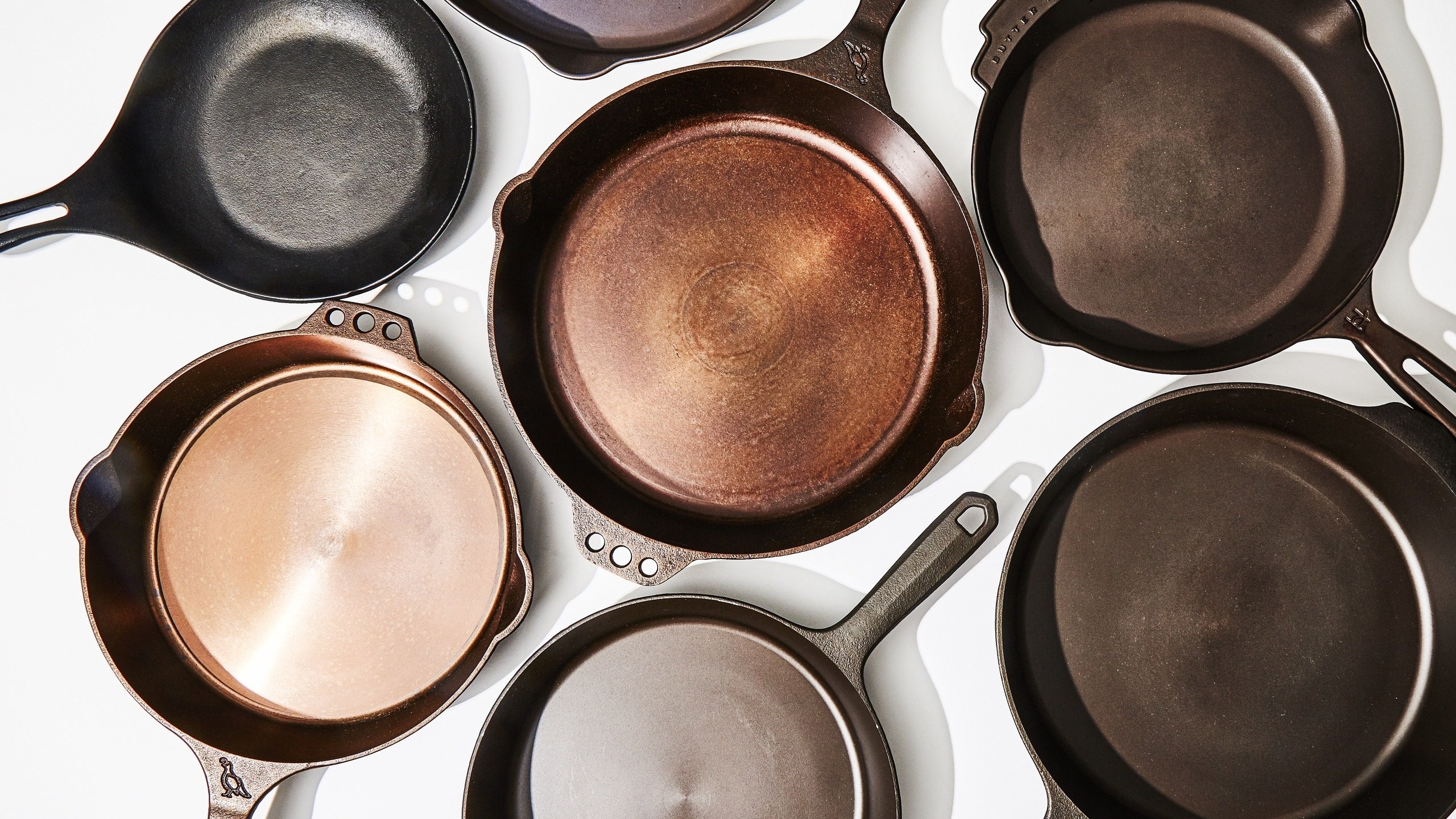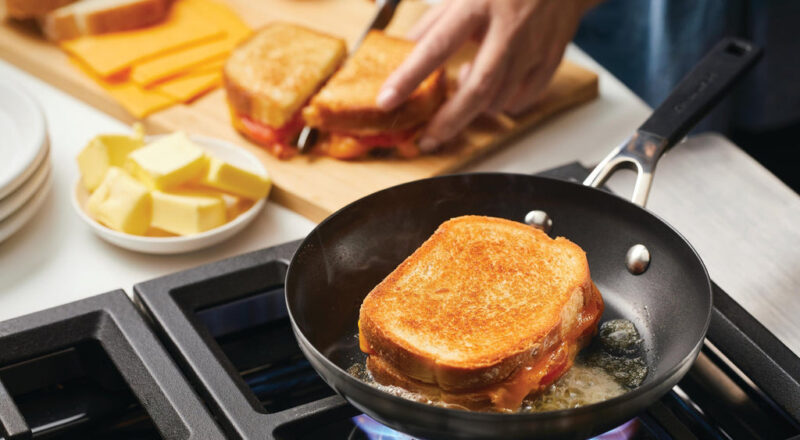Introduction to Using an Electric Skillet
Electric skillets are a tremendous addition to any kitchen, providing a convenient and versatile cooking technology that simplifies meal preparation. For those who might not be familiar with the term, an electric skillet is a portable, electrically powered frying pan. It allows you to cook at a consistent temperature, which is particularly useful for frying, sauting, and simmering. The primary keyword, how to use electric skillet, encompasses a wide range of techniques that can cater to both beginners and experienced cooks.

What is an Electric Skillet?
An electric skillet is essentially a frying pan that is connected to an electric outlet. It offers a large, flat surface for cooking and typically comes with a lid. The key advantage of an electric skillet is its ability to maintain a uniform temperature across its cooking surface, ensuring consistent results every time.

Benefits of Using an Electric Skillet
There are several tremendous benefits to using an electric skillet:
- Temperature Control: Unlike traditional stovetop pans, electric skillets have adjustable temperature settings, allowing for precise cooking.
- Versatility: You can use an electric skillet for a variety of cooking methods, including frying, sauting, and even baking.
- Energy Efficiency: Electric skillets use less energy compared to conventional ovens and stoves.
- Portability: Being portable, electric skillets are perfect for use in small living spaces or on-the-go cooking.

Setting Up Your Electric Skillet
Before using your electric skillet, its important to set it up correctly. Here are the steps:
Read the Manual
Always start by reading the manufacturers manual. Each electric skillet is unique, and understanding the specific model you own is crucial.
Assembly
Some electric skillets come in multiple pieces that require assembly. Ensure that all parts are correctly put together according to the instructions in the manual.
Preheat the Skillet
Once assembled, plug in the skillet and preheat it to the desired temperature. Preheating ensures even cooking and prevents food from sticking.
Understanding Temperature Settings
One of the great features of an electric skillet is its ability to control the temperature precisely. Heres how to use the settings:
Low Heat
Ideal for simmering sauces and slow-cooking dishes. The temperature range is typically between 200F and 250F.
Medium Heat
Perfect for sauting vegetables and cooking pancakes. This setting usually ranges from 300F to 350F.
High Heat
Best for frying foods and searing meats. The high-heat setting often ranges from 400F to 450F.
Cooking with Your Electric Skillet
Now that you understand the basics, its time to start cooking. Here are some tips and techniques:
Sauting
Sauting involves cooking food quickly in a small amount of oil or butter. Preheat the skillet to a medium heat setting, add oil, and then add your ingredients.
Frying
For frying, preheat the skillet to a high heat setting. Use enough oil to cover the bottom of the skillet. Fry your food until it turns golden brown.
Simmering
Simmering is perfect for slow-cooking dishes like stews and soups. Set the skillet to a low heat setting and let your food cook slowly.
Maintaining Your Electric Skillet
Proper maintenance is crucial for the longevity of your electric skillet:
Cleaning
After cooking, allow the skillet to cool before cleaning. Use a damp cloth to wipe down the surface. For stubborn stains, use a soft sponge with mild detergent.
Storage
Store your electric skillet in a dry, cool place. Ensure its fully dry before storing to prevent mold and odors.
Recipe Ideas for Your Electric Skillet
Electric skillets are incredibly versatile, allowing you to cook a wide range of recipes:
Breakfast Classics
From pancakes to scrambled eggs, an electric skillet can handle all your breakfast needs.
One-Pan Dinners
Prepare delicious one-pan meals like stir-fries, fajitas, and casseroles with ease.
Desserts
Believe it or not, you can even bake desserts like cakes and brownies in your electric skillet!
Safety Tips
When using an electric skillet, safety should always be a priority:
Use on a Stable Surface
Ensure your skillet is on a stable, flat surface to prevent spills and accidents.
Avoid Overloading
Do not overload the skillet with food, as this can lead to uneven cooking and potential hazards.
Keep Away from Water
Always keep the electric components away from water to prevent electric shocks.
Troubleshooting Common Issues
Here are some solutions to common problems:
Uneven Cooking
If your food is cooking unevenly, ensure the skillet is preheated and not overcrowded.
Temperature Fluctuations
Check the thermostat for any faults and refer to the manual for calibration instructions.
FAQs about Using an Electric Skillet
Can I Use Metal Utensils?
It’s best to avoid using metal utensils as they can scratch the non-stick coating.
Can I Cook Without Oil?
While it’s possible, using a small amount of oil can help prevent food from sticking and enhance flavor.
How Do I Know When Its Preheated?
Most electric skillets have an indicator light that turns off when the skillet is preheated to the set temperature.
As an Amazon Associate, I earn from qualifying purchases.

